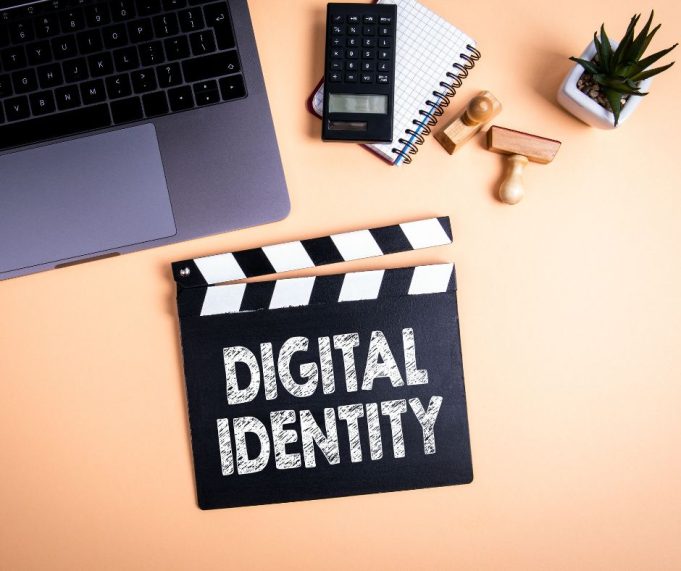In a world of data breaches where personal information is increasingly shared, people are searching for more secure methods of storing, transferring, and verifying data. Blockchain technology is presenting itself as an exciting solution and among its many applications, digital identity management and verification is perhaps the most promising.
The potential for blockchain to become a secure and reliable form of digital identification goes beyond just having a secure storage or transfer system. The way it works is that when a file is recorded on a blockchain system, the authenticity of its information is ensured by the “nodes” that maintain the network. These nodes are controlled by authorities such as governmental institutions and are responsible for verifying and validating the digital records. Each node casts a vote regarding the authenticity of the data and the results can be used as an official document.
Aside from this, cryptography is a key element of blockchain-based identity systems. Documents can be stored and authenticated without explicitly sharing sensitive information by using cryptographic techniques such as hashing functions and digital signatures. Hashing algorithms convert a document into a “hash”, a long string of letters and numbers that acts as a digital fingerprint. Digital signatures attach a validity to the document and gives it an official status. Meanwhile, zero-knowledge proofs make it possible to share and authenticate credentials and identities without revealing detail.
The idea of a “self-sovereign identity” refers to a model in which each individual has full control over their data, stored in a personal wallet. People can then decide when and how their personal information is shared and is beneficial for increased security.
The potential advantages of blockchain-implemented digital identity systems are clear. Aside from allowing users to have more control over their data, blockchain networks can also provide higher levels of privacy through the use of cryptography. Furthermore, the veracity of digital systems can be further affirmed through the use of digital signatures, making it harder to falsify information and better protecting data against fraud.
However, it is important to note the potential for malicious activity and security issues that arise when implementing these systems. One of these threats is synthetic identity theft, which combines valid information from different individuals and creates a fake, accurate identity. This could be used to fraudulently gain access to credit accounts and is a real risk of blockchain-based identity systems. Moreover, small blockchain networks can be susceptible to a “51 percent attack”, which essentially reorganizes the blockchain, changing its records.
Though these are serious issues, it is clear that blockchain technology has the potential to bend and alter the future of digital identity management and verification. With more companies and startups exploring these possibilities, we will no doubt see an emergence of more services focused on digital ID management in the coming years. And with the technologies used in blockchain systems, we can look forward to improved security and reliability around digital identity systems.













